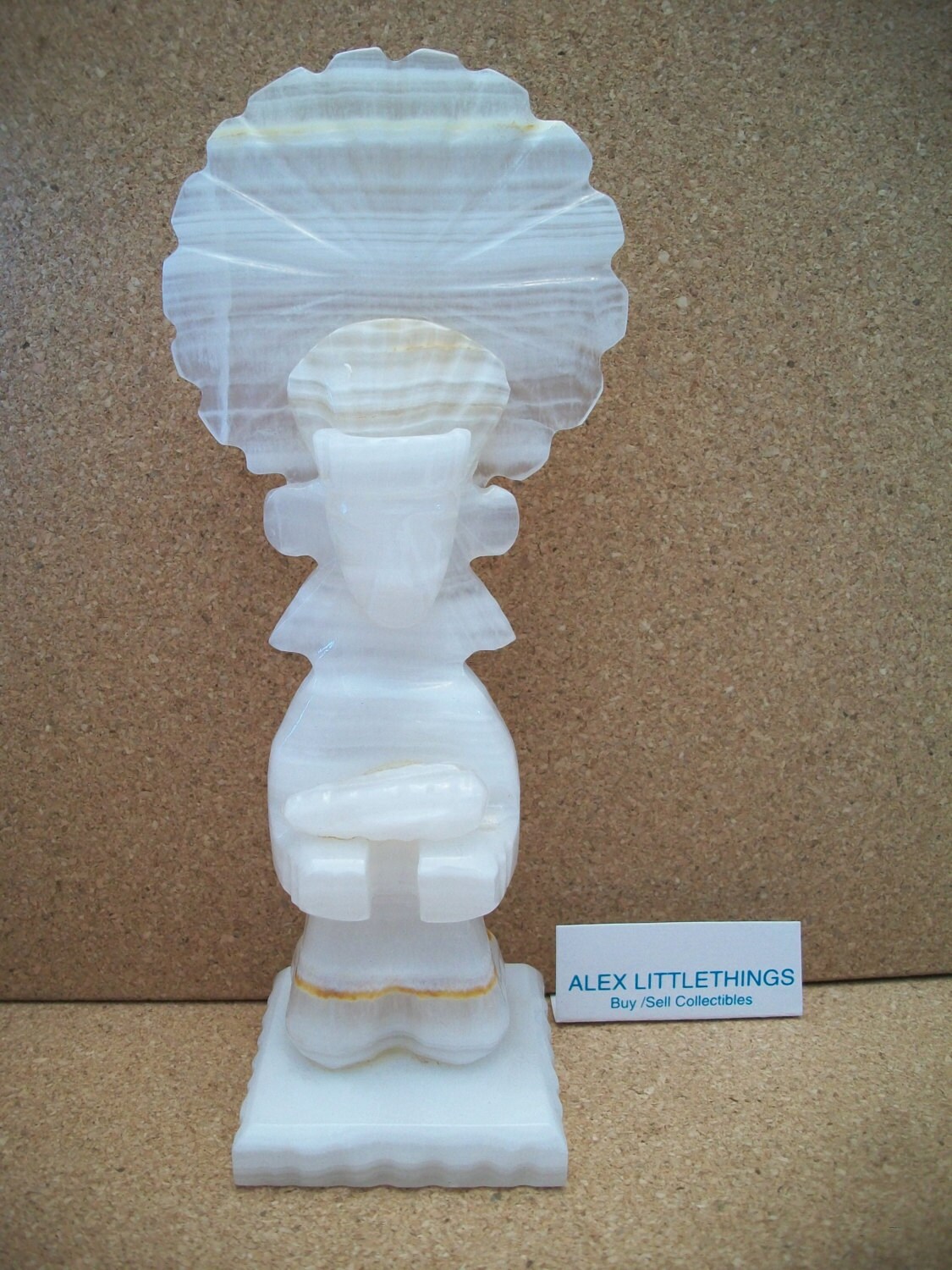

Segovia's records of the discovery went missing, leaving behind a mystery that would take five decades to solve. The treasure is believed to be made up of an enormous quantity of. This is beyond the seven Pacaritambo caves from where the Aztec people reputedly came from, and which is praised so much in their ancient traditions. For five centuries, thousands have searched for Montezumas treasure and the 7 Cities of Gold. The cave was initially discovered in 1966 by archaeologist Víctor Segovia Pinto, who wrote a report about the find, but never excavated before directing local farmers to seal the cavern's entrance for reasons that are still unknown. This story has a decided post-Columbian feeling about it containing a melancholy over the Aztecs’s loss of innocence and the corruption of urban life. Though the treasures were probably deliberately sealed off, the ritual cave, rediscovered in 2018 by archaeologists hunting for a sacred well below the city, has had at least one human visitor in the past millennium, National Geographic (opens in new tab) reported. The artifacts have likely been untouched by human hands for more than 1,000 years, according to the INAH.

The trove is believed to be just one of seven sacred chambers in a network of tunnels known as Balamku - "Jaguar God" - that sits below Chichén Itzá, a city that accommodated millions of people at its peak during the 13th century. According to an statement from Mexico's National Institute of Anthropology and History (INAH), the cave is stockpiled with more than 150 artifacts, including incense burners, vases, and decorative plates adorned with the faces of ancient gods and other religious icons.


 0 kommentar(er)
0 kommentar(er)
